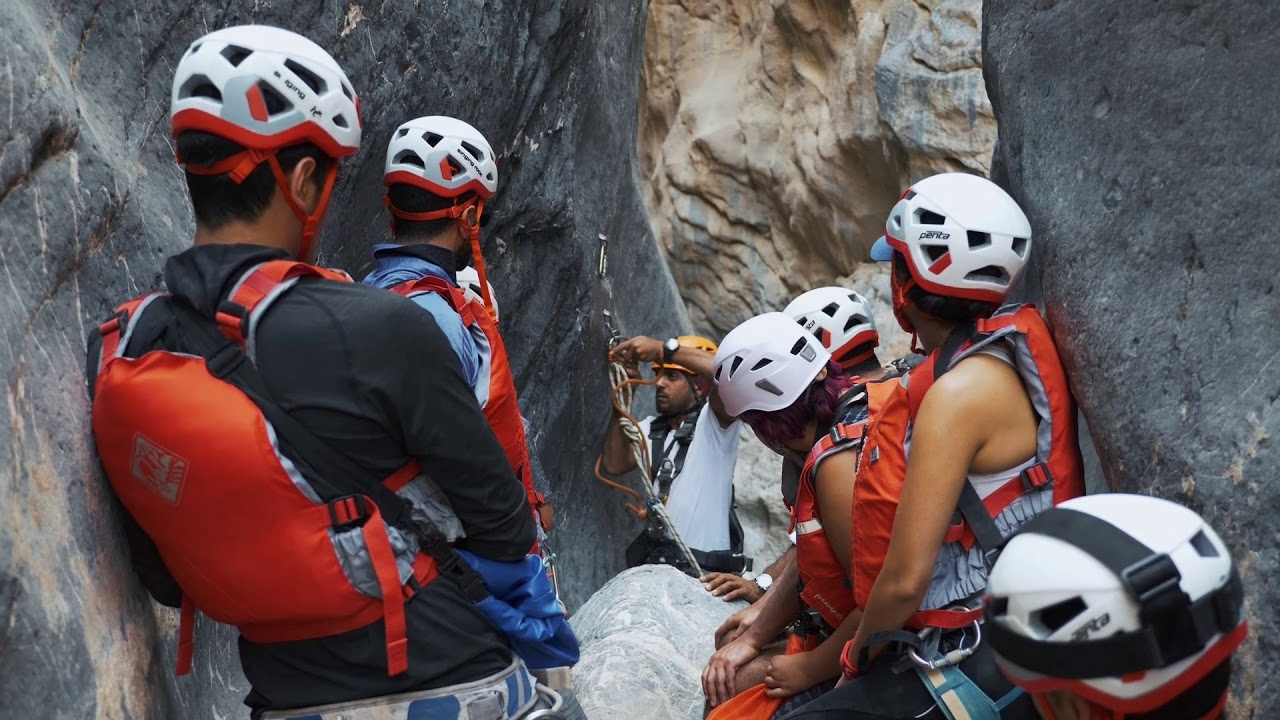Safeguarding Students with Learning Challenges For Equitable Career Readiness

Working in education was not a coincidence. I was taught that education was essential for a successful life from a very early age. In addition, higher education was the ticket to status, social acceptance, and my parents' pride. However, as I write this article, I am taken aback by the privilege that I had without realizing that I had it. Learning challenges are complex, and the spectrum of learning challenges ranges from mild cases to extreme learning and mental disabilities. With complete transparency, I am not a learning support specialist, and the topic of learning challenges is new for me as a career practitioner. My experiences in the private education system have not exposed me to the full spectrum of learning challenges. Sadly, in my experience, children with learning challenges are supported by specialists and not always included in the mainstream. This article aims to unwrap the complexities of the learning challenge spectrum, introduce Donald Super's Lifespan Life Space career theory, and share my perspectives on how career theory and educational practice can safeguard students with learning challenges. Although the article will be limited due to the word count constraints, it aims to create food for thought to encourage the reader to consider a more equitable educational practice to safeguard students with learning challenges who transition from school to the world of work.
Education, Assessments & Preparedness for Work
It is no secret that education is a competitive experience for students. With ongoing assessments and competitive post-secondary expectations for students, educators are challenged to ensure that all students gain equitable learning opportunities to succeed. However, the education system assumes that it is equitable. The increasingly popular Programme for International Student Assessment (PISA) evaluates the effectiveness of education systems globally to meet real-life challenges (OECD, n.d.a). However, reviewing a sample PISA test confirms that the assessment tests academic knowledge such as literature, mathematics, and science (OECD, n.d.a). However, employers continue to criticize the education system, stating that skills and knowledge do not match the skills required for work. Jacobs (2023) asserted that the education system enables students to achieve their full potential, while the higher-education system is designed for academic competition and does not include the needs of students with learning challenges. Therefore, I ponder on the relevance of the current education system when preparing students with learning challenges to achieve academic testing results that define success for the average student. My ability to write this article highlighted my limited understanding of the spectrum of learning challenges. Therefore, I turned to the literature for guidance.
The Complexities of the Learning Challenges Spectrum
Understanding the complexities of the learning challenges spectrum and aligning education with the essentials for a smooth workforce transition are critical components to safeguard students with learning challenges. As an educator, my limited understanding of the learning challenges spectrum challenges my ability to support students with a smooth transition from school to work. First, I am concerned that I may be using the wrong terminology in describing the spectrum. In my research, scholars used terms such as learning disabilities, learning disorders, and learning challenges. Therefore, my first learning in writing this article was that terminology is both socially construed and scientifically defined by scholars. In addition, terminology equally construes assumptions about students with learning challenges. Smith and Forrester-Jones (2014) defined a learning disability as a reduced intellectual ability that can create challenges with daily activities. However, Smith (2023) described the term 'learning disabilities' as an 'umbrella term' that includes a range of learning problems. In addition to terminology, the literature highlights that a learning problem can further create ongoing barriers for individuals later in life (Shaw et al., 2022). For example, securing a job, staying employed, and building a thriving career are just a few barriers that learning disabilities can further create for students if they are not supported (Shaw et al., 2002). In addition, the literature asserted that market economies are based on self-reliance and competition, creating social divisions for individuals with learning challenges (Shaw et al., 2022). Therefore, the spectrum of learning challenges and strategies to support students to transition into the workforce should be prioritised over the current celebrated school, and international assessments that test skills that remain debatable by employers in the world of work must be revised for relevance.
Career Theory and the Indicators for Career Readiness
The education system prides itself on scholarly, credible research to create valuable education systems for students' success, and career theory is equally essential to safeguard students' preparedness for their transitions into the world of work. The Organisation for Economic Cooperation and Development (OECD) is an entity that prides itself on bringing policy and research to the forefront for the betterment of lives globally (n.d.b). As cited by Solberg et al. (2022), the OECD defined career readiness using three indicators: clarity of future career goals, identifying high-demand and high-wage employment opportunities, and aligning learning with career goals. Therefore, Donald Super's Lifespan Life Space career theory underpins one's career development journey as a process that continues throughout one's life span. In addition, Super's theory suggested that one's occupation is the process of choices that one makes on the journey of one's life (Herr, 1997). The career theory further highlights the essential components that the education system should consider when supporting students of all learning abilities to transition smoothly into their lives after academia. Finally, learning problems may be identified as a learning challenge at school, but the negative assumptions that students carry into their lives about their learning challenges influence their self-concepts and potentially impact their beliefs about the value and importance they bring to the workplace. Credible educational studies and career theories must create valuable educational systems to enable students to succeed regardless of their learning challenges. Therefore, safeguarding students with learning challenges can be possible if one turns to research and aligns education with the indicators for success, as suggested by the OECD (Solberg et al., 2022).
Conclusion
Relevant education is necessary to thrive in the ever-evolving and competitive labour market. However, learning challenges are equally complex. More understanding is required for educators to safeguard students in the system and prepare them for an equitable transition into their future careers. This article aimed to create food for thought. However, as it unfolded, I questioned the usefulness of the education system and the effectiveness of assessments to support all students equitably. In addition, the complexities of learning challenges and the usage of terminologies were dipped into. In addition, career research and the OECD suggestions were identified. However, the underlying message of this article was to unwrap the complexities of safeguarding students for a smooth transition from school to work. This article had several limitations, and a deeper dive into the concepts that were explored briefly is required to discuss the essential components that can better safeguard students with learning challenges in education and beyond.
Stay up to date
Subscribe to the free GESS Education newsletter and stay updated with the latest insights, trends, and event news every week. Your email address will remain confidential

